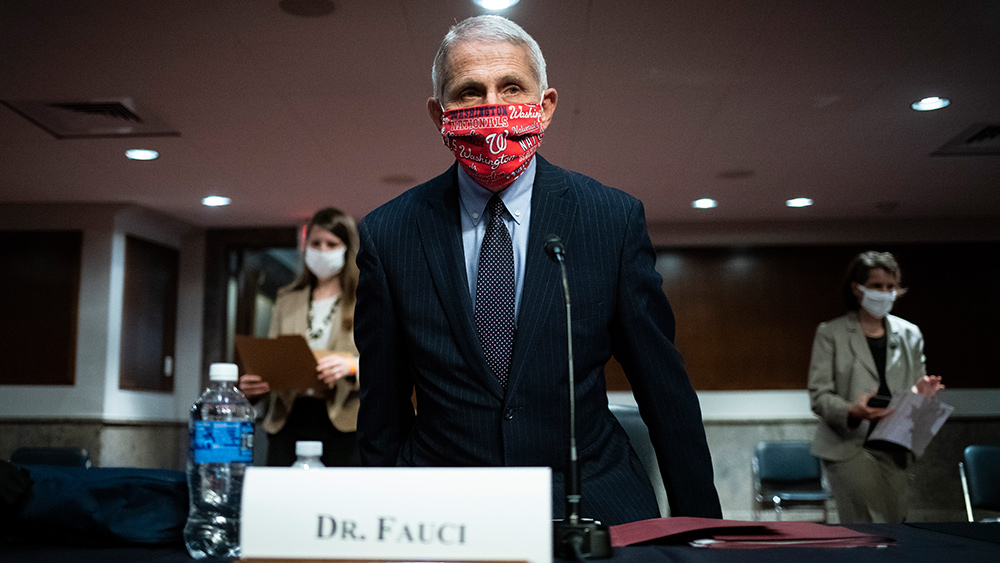
The proposal comes as part of an editorial, published on Wednesday and signed by leading academic researchers including Carnegie Mellon University's Howie Choset. The editorial states that robots conceivably could perform tasks such as disinfecting surfaces, taking temperatures of people in public spaces or ports of entry, collecting nasal and throat samples for testing, providing social support for quarantined patients and even enabling people to virtually attend conferences. In these situations, the use of robots would reduce human exposure to the virus.
In addition to Choset, one of the founding editors of Science Robotics where the editorial was published, the authors of the editorial include National Academy of Science president Marcia McNutt, Texas A&M University's Robin Murphy, University of California, San Diego's Henrik Christensen, and Stanford University's Steven Collins.
“Historically, robots have been developed to take on dull, dirty, and dangerous jobs,” state the authors. “Their first wide-spread deployment was in industrial applications, similarly combating infectious diseases involves an environment that is unsuitable for human workers but is suitable to robots.”
Robots could help with the current and future outbreaks
In coming up with the editorial, the authors drew from experiences with past epidemics, including the 2015 Ebola outbreak in Africa. From these experiences, they were able to identify a broad spectrum of use cases for which robots could be used in place to help mitigate the risks to people.
During the 2015 Ebola outbreak, the World Health Organization (WHO) reported that a significant number of medical staff wound up infected with the disease in West Africa. Meanwhile, with the current COVID-19 pandemic, front line healthcare workers are faced with shortages of personal protective equipment such as masks, gowns and gloves. (Related: Medical robot kills Ebola with UV light.)
However, despite these experiences during these epidemics, the authors warned that little has been done in terms of exploring applications to lessen the risks to these front line workers. Meanwhile, the money needed for the multidisciplinary research that developing them requires remains scarce and is often spent on endeavors.
“The experiences with the (2015) Ebola outbreak identified a broad spectrum of use cases, but funding for multidisciplinary research, in partnership with agencies and industry, to meet these use cases remains expensive, rare and directed to other applications,” stated the authors.
With this in mind, the authors warn that a sustainable approach to developing these robots, then healthcare personnel will have to continue to put themselves at risk in not just this current epidemic, but in any future ones as well.
“Without a sustainable approach to research, history will repeat itself, and robots will not be ready for the next incident,” the authors added.
Still some work to be done
Before these health care robots can be deployed a lot of work needs to be done and a lot of questions answered. One of these questions is in regards to the security risks involved. The editorial proposes that the robots be controlled through teleoperation, that is, the robots will be controlled by remote from afar.
Controlling the robots from long-distance makes sense as it keeps operators safe from infection. However, it also leaves the robots vulnerable to hacking. In addition to this, Choset's idea would involve using 5G networks to control the robot. This could be dangerous as there are still some questions on whether or not 5G poses a health risk.
Before any further work can be done in bringing these robots to the front lines of any outbreak, work needs to be done to address these questions first. But then again, as Choset has stated, developing the technology will require broad, multidisciplinary research.
Inspiring others to come together to find solutions to very complicated problems
Despite the focus on robotics, according to Professor Choset, the authors didn't write the editorial to argue about how robots could be used when an epidemic strikes. Instead, the editorial was meant to help inspire others to come together and form their own solutions to the problem.
“We hope to inspire others in the community to conceive of solutions to what is a very complicated problem,” explained Choset.
One field which Choset points to as possibly coming together to help fight epidemics is that of artificial intelligence. He points to how researchers in his home institution of Carnegie Mellon are looking into how AI-controlled drones might play a role in providing humanitarian aid and helping respond to disasters. Additionally, more advanced AI could be used for human-robot interactions with patients.
However, the use of AI goes beyond just controlling drones and robots. Other applications for AI during epidemics that the researchers envision include automated monitoring of social media, edge computing, and ad hoc computer networks.
Sources include:
Please contact us for more information.























